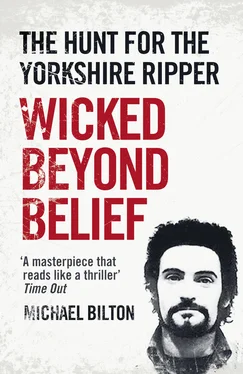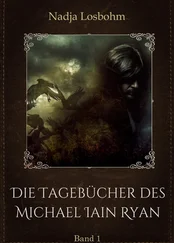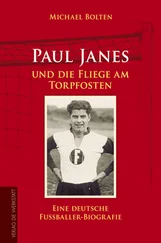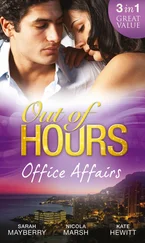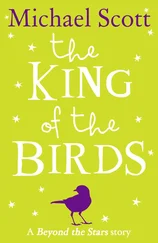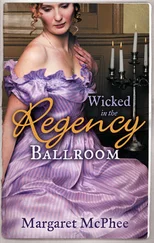Marcella was a single mother of two children (in foster care) and expecting a third. She was three months’ pregnant. She was poor, and the police believed, wrongly, that she was a prostitute. Marcella insists she was not a prostitute. On a Saturday evening in early May 1976 she went out late at night to drink in a West Indian club. At around five in the morning she left her friends, rather the worse for wear. As she walked back home along Spencer Place she saw a white-coloured car cruising the area. Eventually the driver stopped to ask if she was ‘doing business’. She says she said ‘No’, but the driver got out, took her by the hand, led her to his car and said he was going to take her to Roundhay Park for sex. At the park the driver asked her to take off her clothes. He gave her five pounds. She told him she wanted to urinate and went to hide among the bushes until, believing the man had gone, she returned ten minutes later to retrieve her shoes. At this point she received a number of vicious blows on the head. Knocked to the ground, she pretended to be unconscious. The attack stopped and the man drove off. Marcella claimed in a later interview that he had masturbated in front of her before walking back to his car. He told her: ‘Don’t phone the police.’
With her head bleeding profusely, she took off her knickers and held them up to stem the flow. Realizing she was in bad shape, she began half-crawling and half-walking towards the edge of the park. She managed to reach a telephone box beside the road one hundred yards away and made a 999 call. The ambulance took ages to arrive. Slumped in a huddled position, waiting anxiously in the telephone box, she saw through the glass window the driver of the white car touring around as if looking for her. Finally he stopped some way off and walked across to the place where he had launched his attack. Unable to find Marcella, he drove off. ‘He come back to see if I were dead,’ she said years later. ‘He didn’t see me, so he kept on driving.’
At Leeds General Infirmary doctors discovered eight severe lacerations to her scalp, each about an inch long, needing a total of fifty-two stitches. Discharged after six days, it was then Marcella’s second nightmare began. She feared the man would come back for her because she could identify him. She had provided police with a description of a smartly dressed white man with dark hair, a beard and moustache. Amazingly the police did not believe her and said repeatedly when questioning her that the person responsible had been a black man. ‘I said no black man would have done this to me.’ She lost the child she was carrying and began to suffer dreadful headaches and the occasional blackout. The trauma remains to this day, twenty-five years later. ‘It is like my brain is bursting and hitting the inside of my head, sometimes all day,’ she said.
Not long after coming out of hospital Marcella had the shock of her life when she was out for a drink at the Gaiety pub. The man who had assaulted her walked in, took a look round, then went out again. She told friends that he was the person police were looking for, and they rushed outside, but he had gone.
An internal West Yorkshire inquiry some time later reported: ‘Although she had been struck about the head with an unknown instrument there were factors which were dissimilar to previous “Ripper” attacks. Most significant was the absence of stabbing to the body and there was the motive of taking the money and running away … officers were aware of the dangers of including details of an incident which was not part of the series because it would mislead the investigation as a whole.’
In 1978, at a hearing before the Criminal Injuries Compensation Board, West Yorkshire Police claimed Marcella had misled them during their inquiries, giving a picture of her attacker that was ‘hopelessly inaccurate’ because her memory was impaired. Her application was rejected.
In the 1870s, seven hundred acres of rolling fields, woodland and two large lakes provided a much-needed gigantic lung for the city of Leeds. It allowed the overcrowded population the chance to breathe clean air, free of soot, grime and chimney smoke. Roundhay Park was personally purchased by the then Lord Mayor, a wealthy clothing manufacturer called John Barran, who intended it as ‘an ideal playground for the people of this city’. At the end of the nineteenth century it was observed of the park: ‘Although it is four miles from the centre of the city it is quickly reached by means of a capital service of electric cars. Once within its gates, the pleasure-seeker or the holiday-maker may quickly persuade himself that Leeds is far away.’ For more than a hundred years it has provided a magnificent prospect for the city people to wander amid a wildlife setting containing whooper swans, Canada geese, great-crested grebes and herons. The crocuses remain abundant in spring, followed by daffodils, bluebells and orchids. Even today keen-eyed inner-city children from Leeds’ bleak urban landscape are often taken to Roundhay Park to spot roe-deer, foxes, rabbits and grey squirrels.
By night, though, it becomes a different kind of habitat, a venue for courting couples and lovers seeking seclusion for amorous recreation. Prostitutes in the 1970s brought their clients here, so it would have been nothing unusual late on a Saturday evening in 1977 for the residents living in the great Victorian mansions along Park and West Avenues, which over-look this part of the park, to see a car pull off the road and stop, and for the headlights to be switched off. Opposite these grand homes with names like ‘Woodlands’ and ‘The Clockhouse’ stands Soldier’s Field, nowadays a recreation area for organized sport, so-called because the army used it as a training ground in the 1890s.
Standing amid a number of beech trees on the periphery of this vast expanse of playing fields was a large flat-roofed pavilion, built of York stone and used as changing rooms by visiting amateur football teams. Sunday morning, 6 February 1977, was bitterly cold with a clear sky. The beech trees stood denuded of leaves, and cast across the ground long shadows in an unexpected burst of warmth and light from a winter sun that hung low in the temporarily cloudless sky behind the houses in West Avenue. Lying on muddy ground in the pavilion’s shade, and hidden from the road, was a body, discovered by a man out jogging at 7.50 that morning. John Bolton, a forty-seven-year-old accountant, lived a stone’s throw from the park. Most mornings he got in a run before breakfast and it was on one of these that he spotted the corpse. At first he wasn’t sure what it was. Then, as he got closer, he could see it was a woman lying on her side. Her face, turned downwards towards the grass, was concealed by her shoulder-length brown hair. ‘I brushed the hair to one side,’ he said, ‘and then I saw the blood on her neck. Her eyes were glazed and staring. She was obviously dead and I ran to one of the houses to call the police.’
Dennis Hoban, as deputy ACC (crime), attended the scene with his longtime friend and colleague Jim Hobson, now detective chief superintendent in charge of the Eastern Area CID. This was Hobson’s patch and he was senior investigating officer. Hoban wore his traditional suit and a Burberry trench coat, but had abandoned his usual trilby or peaked cap, leaving his balding pate that morning devoid of headgear and exposed to the balmy rays of the sun, which after a long winter was something akin to a tonic. Hoban wasn’t treading on anyone’s toes. He saw it as a courtesy to Hobson more than anything else, or so at least he would have convinced himself. Living only a few minutes’ drive away, Hoban could not possibly have passed up the opportunity to visit a crucial crime scene like this, particularly with the murders of McCann and Jackson unsolved for a year and fresh in his mind. The most superficial examination had made it clear to everyone that this young woman had suffered severe head injuries. However, it was not until Professor Gee arrived at the scene that the full horror became apparent.
Читать дальше
